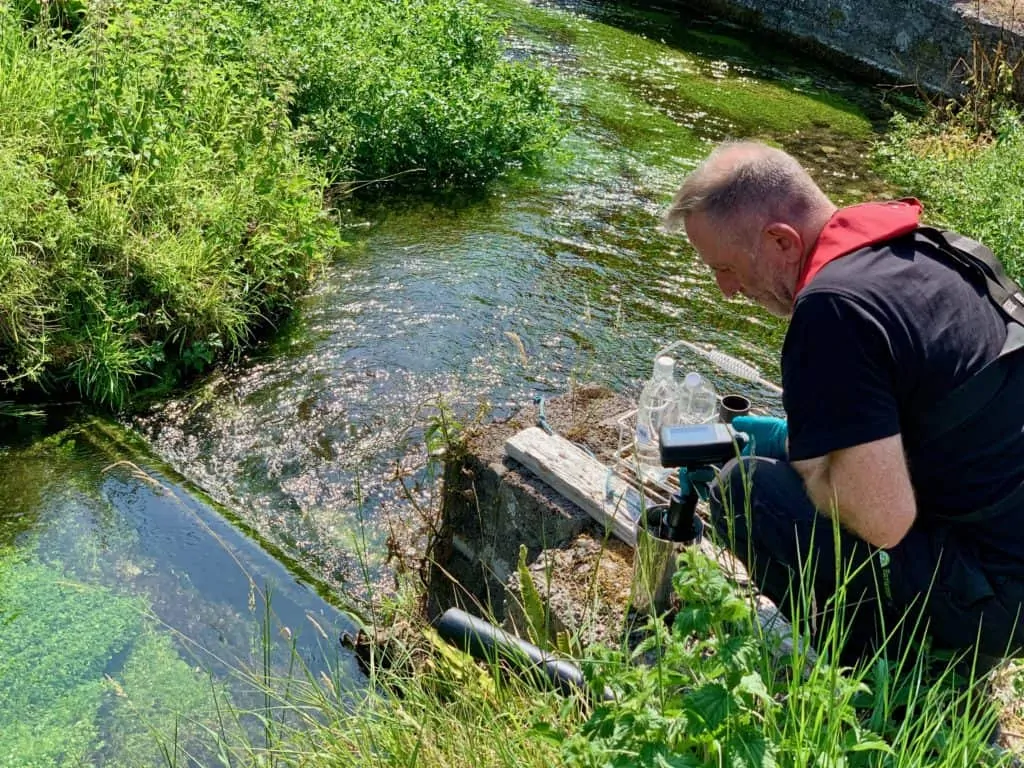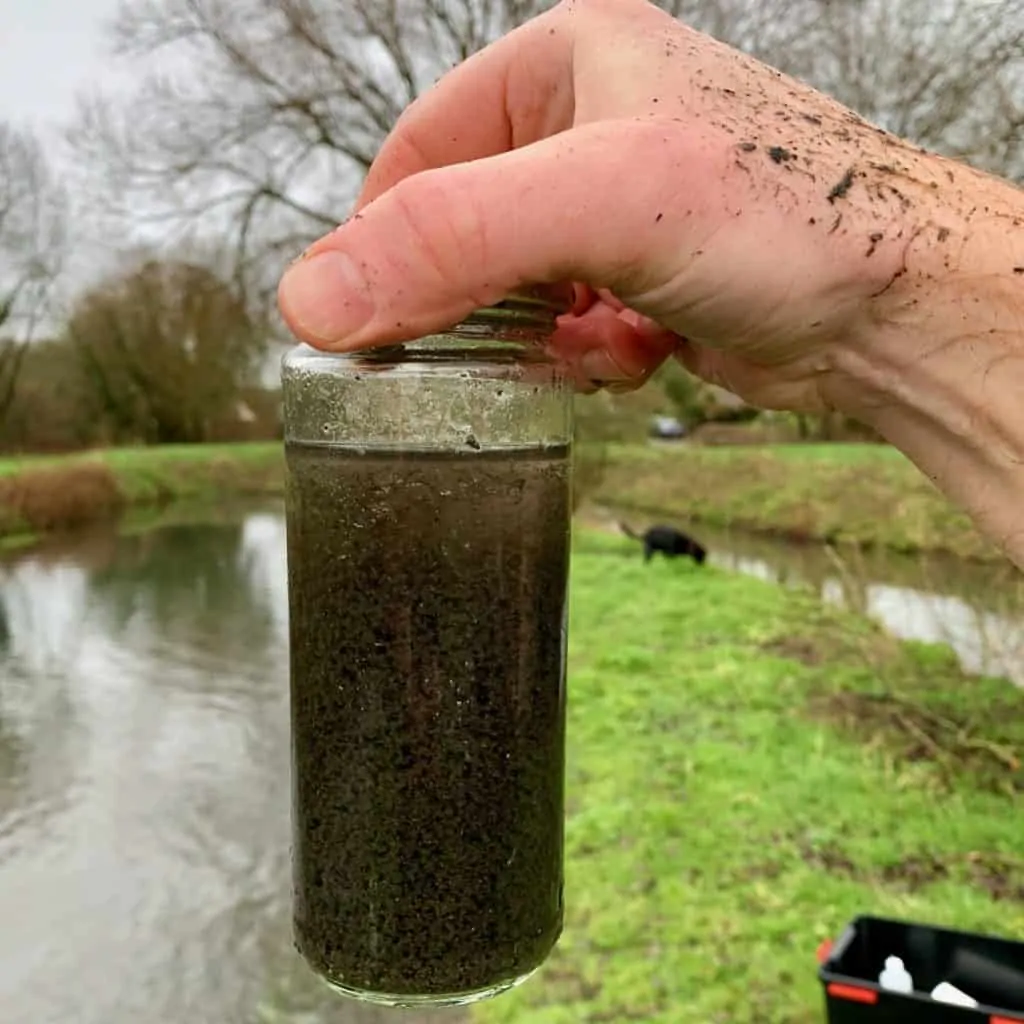Chitin is the second most abundant polymer in nature after cellulose. It is a sustainable natural resource that is ubiquitous but still relatively under-exploited commercially. Chitin is a structural polysaccharide found in the cell walls of fungi, the cuticle of insects, shells and the exoskeleton of crustaceans – its main commercial source. Chitosan is made by treating the Chitin shells of shrimp and other crustaceans with an alkaline substance.
Over the summer we will hopefully be working with Dr Jonathan Hughes to test the effectiveness of Pennotec‘s groundbreaking use of Chitosan to help improve the performance of our natural filtration system as the chalk stream water leaves the farm. Pennotec has won a grant from the Seafood Innovation Fund to test the feasibility of improving the sustainability of production across the fisheries and aquaculture supply chain. Hopefully, Mere Fish Farm will be selected as one of three aquaculture businesses in the UK to test Jonathon’s work.
The idea is that the naturally positively charged Chitosan binds with the negatively charged surfaces of any effluent to create larger chains that settle more quickly to floor of the settlement pond. Looking at the test Jonathon did this afternoon, it looks pretty encouraging.
Once a month, the Environment Agency randomly turn up on the farm to sample and test the water entering and leaving the farm. There are strict tolerances we have to meet as a condition of our abstraction and discharge licence. EA check the samples for suspended solids, turbidity, water colour, ammonia, dissolved oxygen & biological oxygen demand.

While the settlement pond naturally filters out effluent, there is usually (though not every month) a small increase in the suspended solids in the water leaving the farm when compared to the water entering the farm. It will be exciting to see if using even minimal amounts Chitosan can increase the settlement and eliminate even this small increase.
